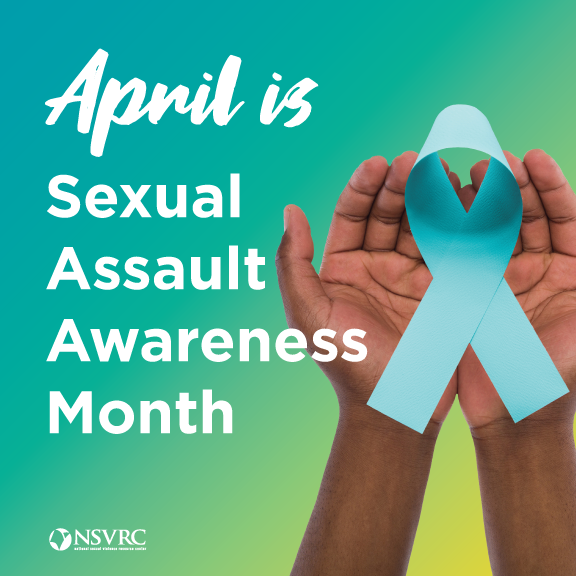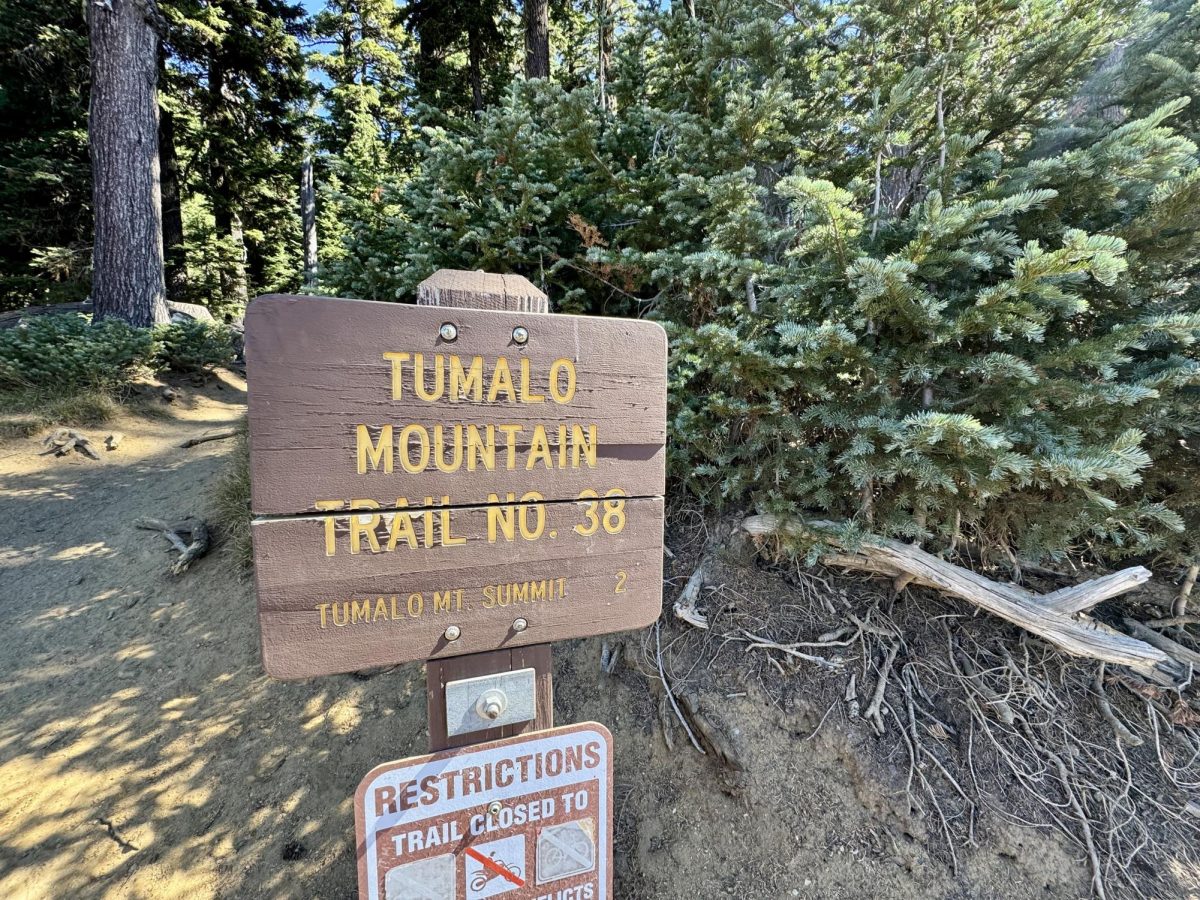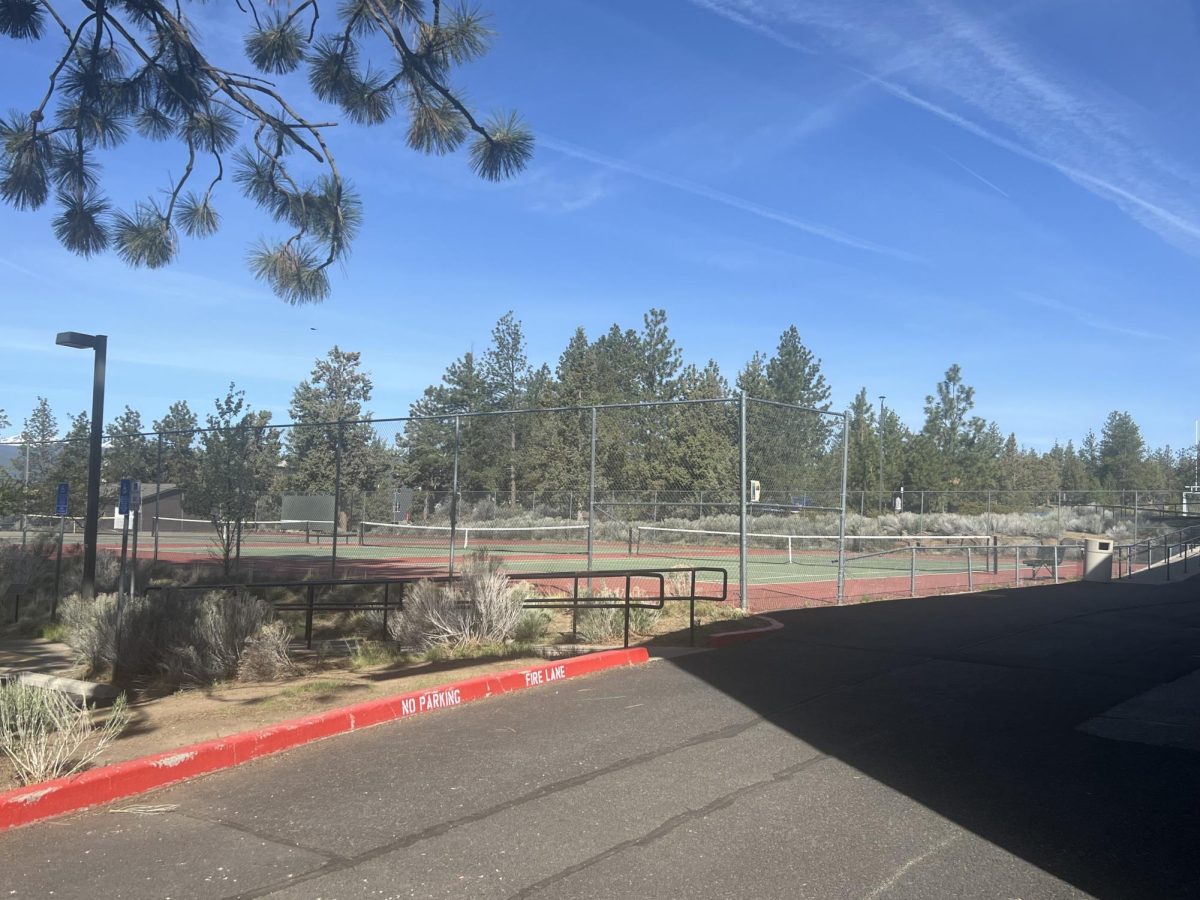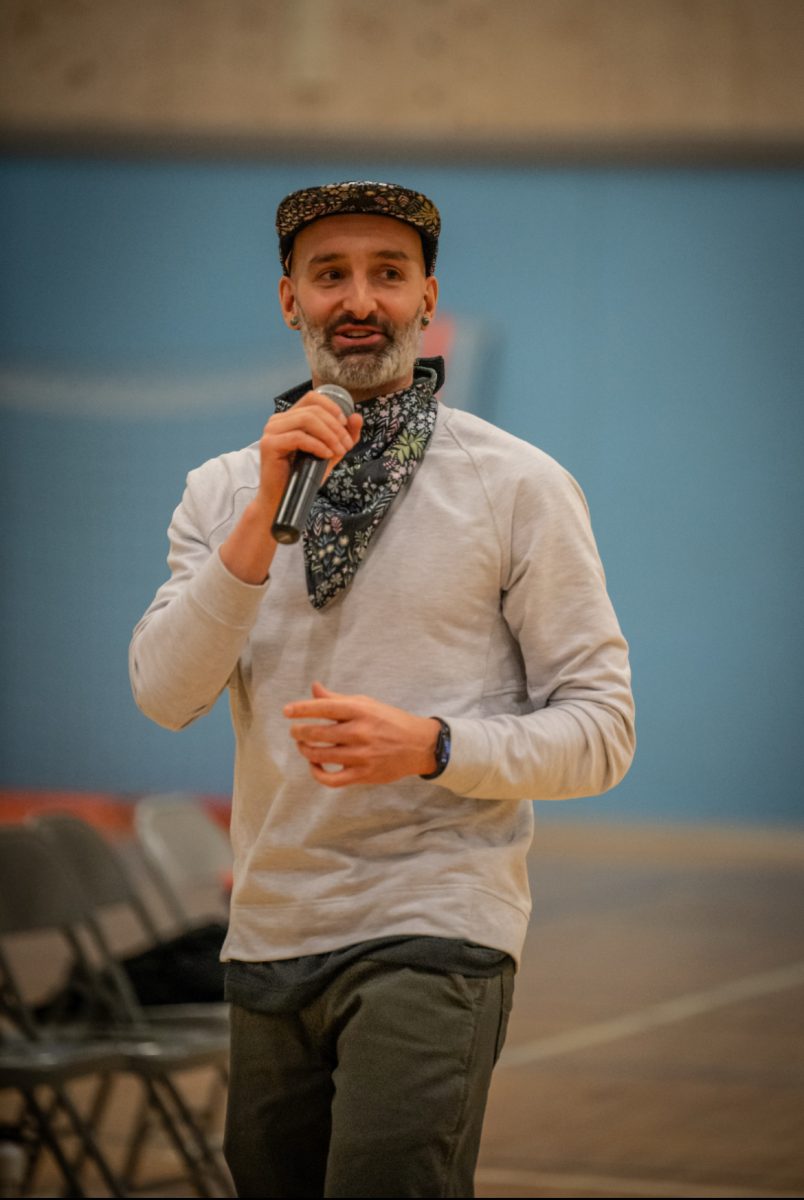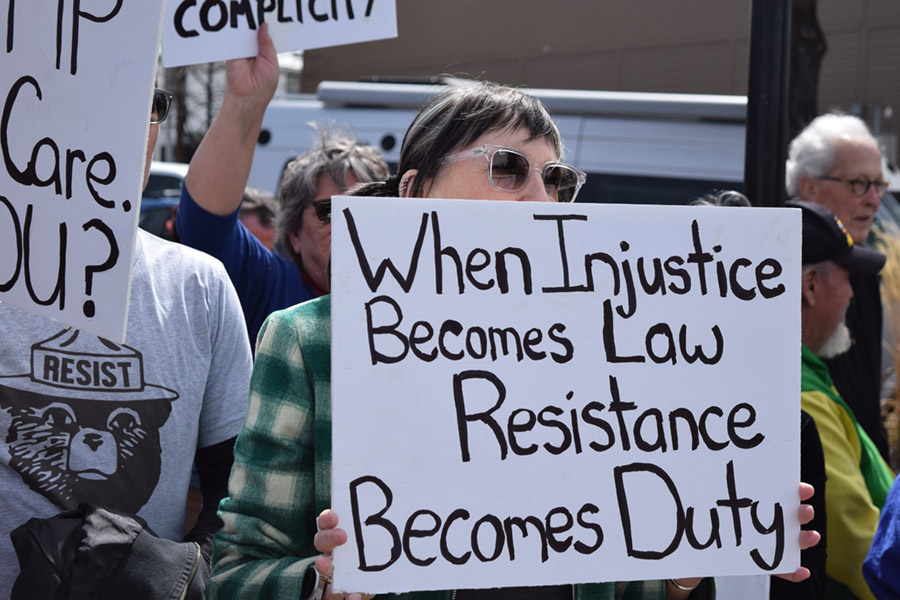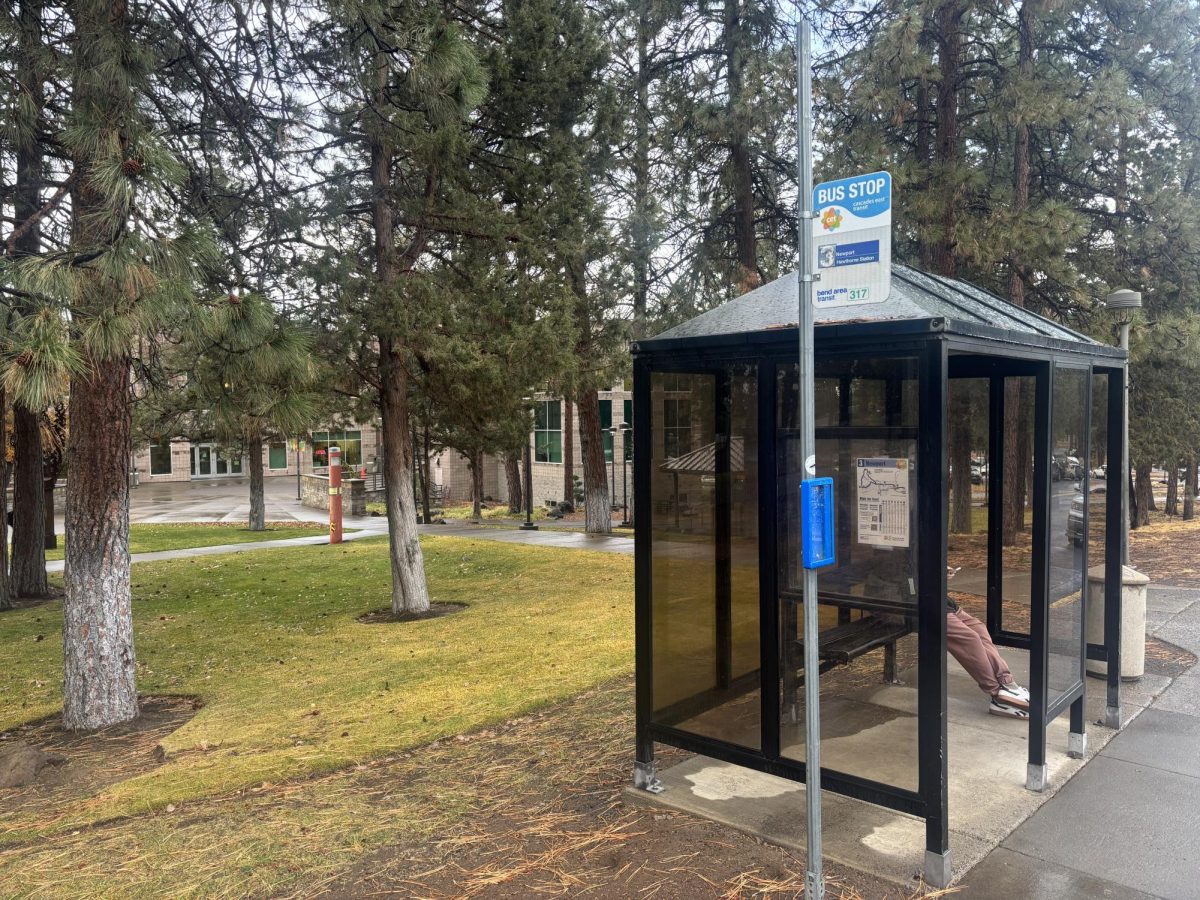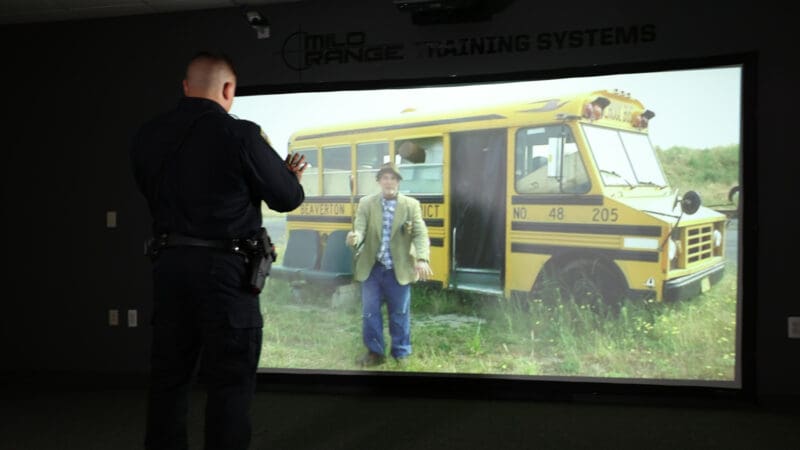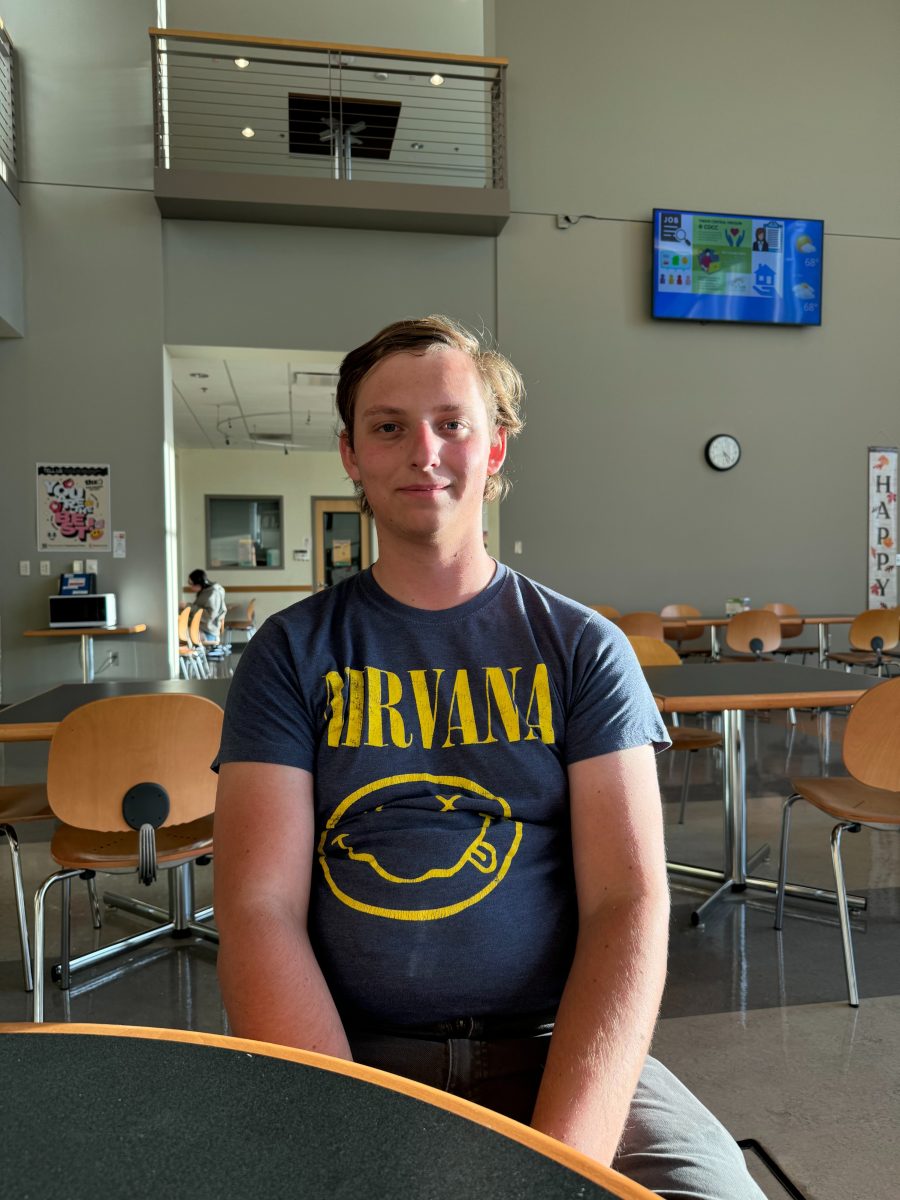Marcela Irribarren/ The Broadside
April is Sexual Assault Awareness Month and Central Oregon Community College is partnering with Saving Grace, a nonprofit organization for victims of abuse, to share strategies on sexual assault violence prevention.
Nearly 1 in 5 females and 1 in 6 males have been sexually abused or assaulted in America. Most people may think, “it will never happen to me” or “I would never put myself in that position,” but this is a common misconception. Sexual assault can happen at anytime and anywhere regardless of who you are and where you are.
Jenna McCann, the volunteer Program & Prevention Coordinator for Saving Grace, talks about bystander prevention strategies on everyday scenarios. McCann explains about victim blaming, making judgment on your surroundings and strategies to prevent sexual assault.

Victim Blaming
When it comes to explaining a sexual assault scenario, one should mind on how to word the unfortunate event that happened. A video from MTV’s “Decoded” explains changing the sentence structure to focus on the perpetrator of the story instead of the victim. This will most likely allow people to not blame the victim. In any given situation, there is no such thing as a fault in the victim.
Mind Your Surroundings
In any setting, situation or event, always ask yourself, “do I feel safe here? Am I uncomfortable in any way?” For example, if you are at a social gathering and someone is making you uncomfortable, let someone know. Whether it is someone you know or a complete bystander, keep them in the loop on where your mind is at.
This tactic will allow your friends or bystanders to use prevention strategies in an uncomfortable situation if needed. Whether or not the person who is making you feel uncomfortable is someone you know, if you are feeling unsafe, let someone know.
Bystander Prevention Strategies
If you see someone who is in an uncomfortable situation, try these strategies that can prevent assault.
Distracting the situation between the perpetrator and victim by simply approaching them and spilling a drink, for example, can separate the two and prevent the situation from going any further.
Removing the victim from the situation against the perpetrator by asking them to go home with you is another way of preventing assault. Moreover, this will allow the victim to get home safely.
Confronting the perpetrator by letting them know that they need to leave the premises. This will separate the perpetrator and victim and will allow the perpetrator to know that others are aware of the situation at hand.
In any situation where you feel uncomfortable, always enlist others. Ask for help and keep others in the loop. Again, this will allow bystanders to use prevention stategies against sexual assault. As bystanders, be aware of anyone who seems to be in an uncomfortable situation. Use the strategies to prevent a situation from going any further.
For more information, please visit https://saving-grace.org or call the 24-Hour hotline at (541) 389-7021. For an immediate emergency, please call 911.


